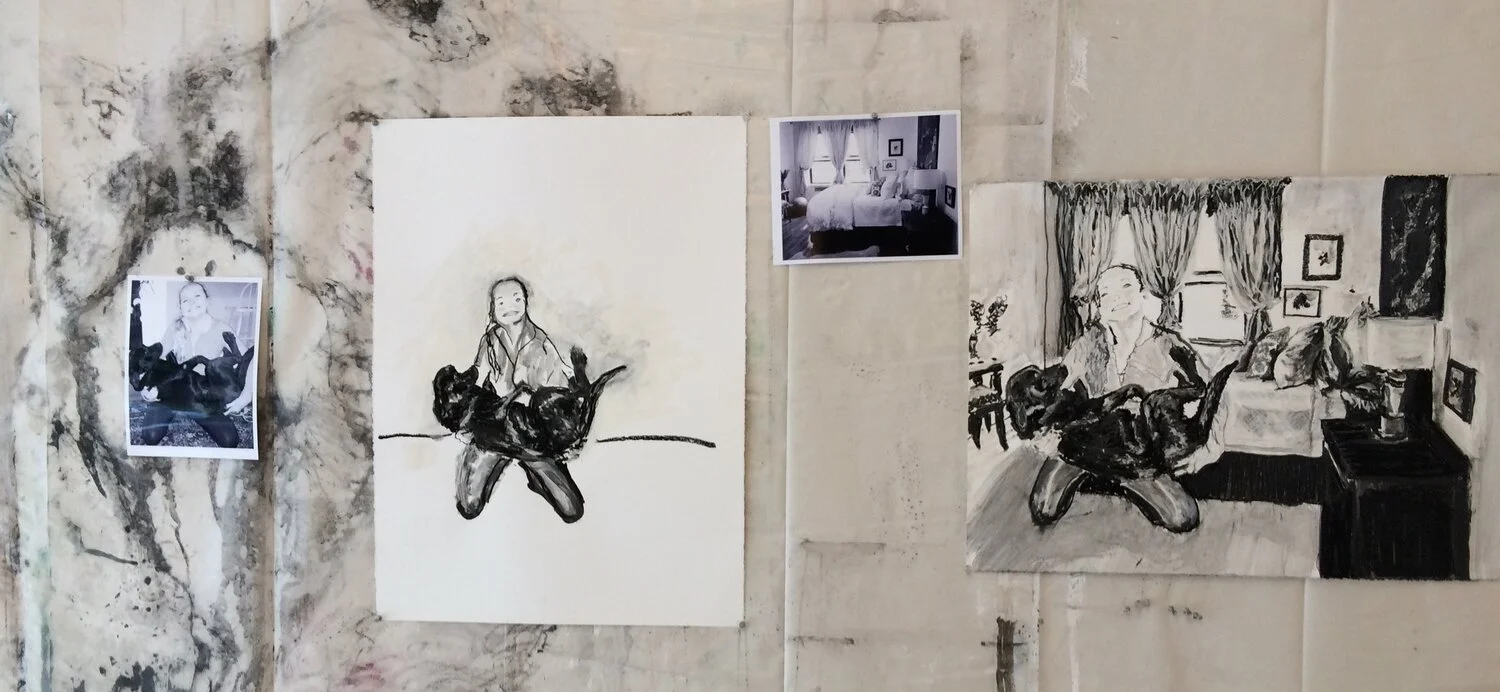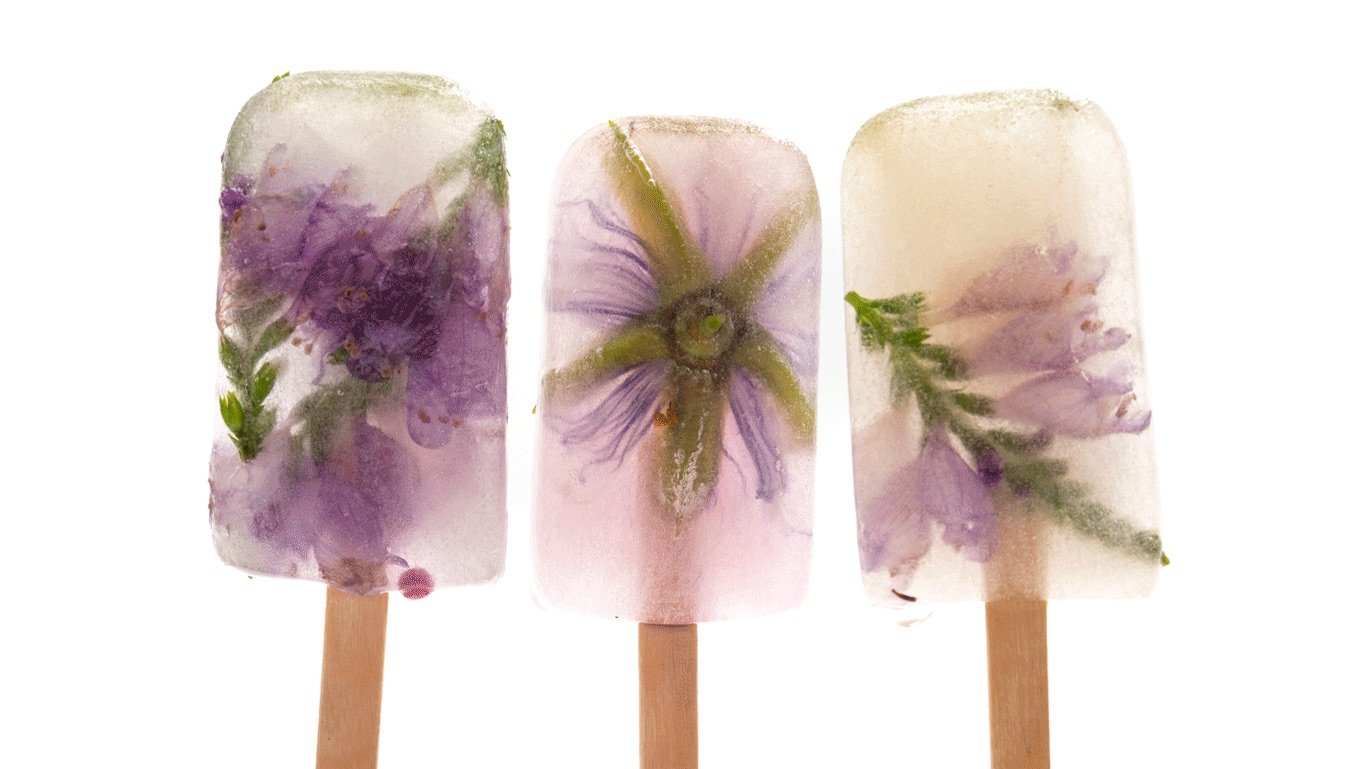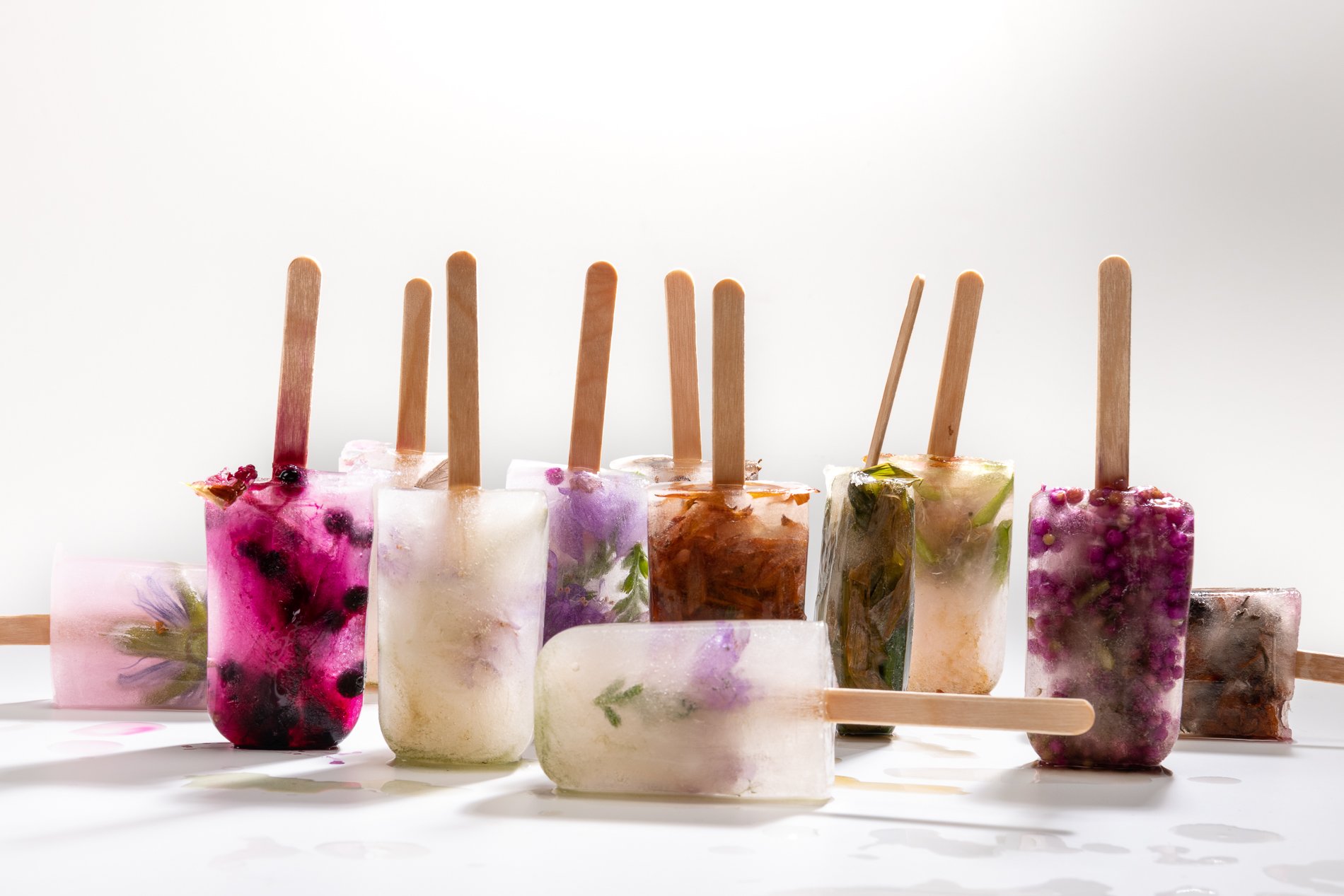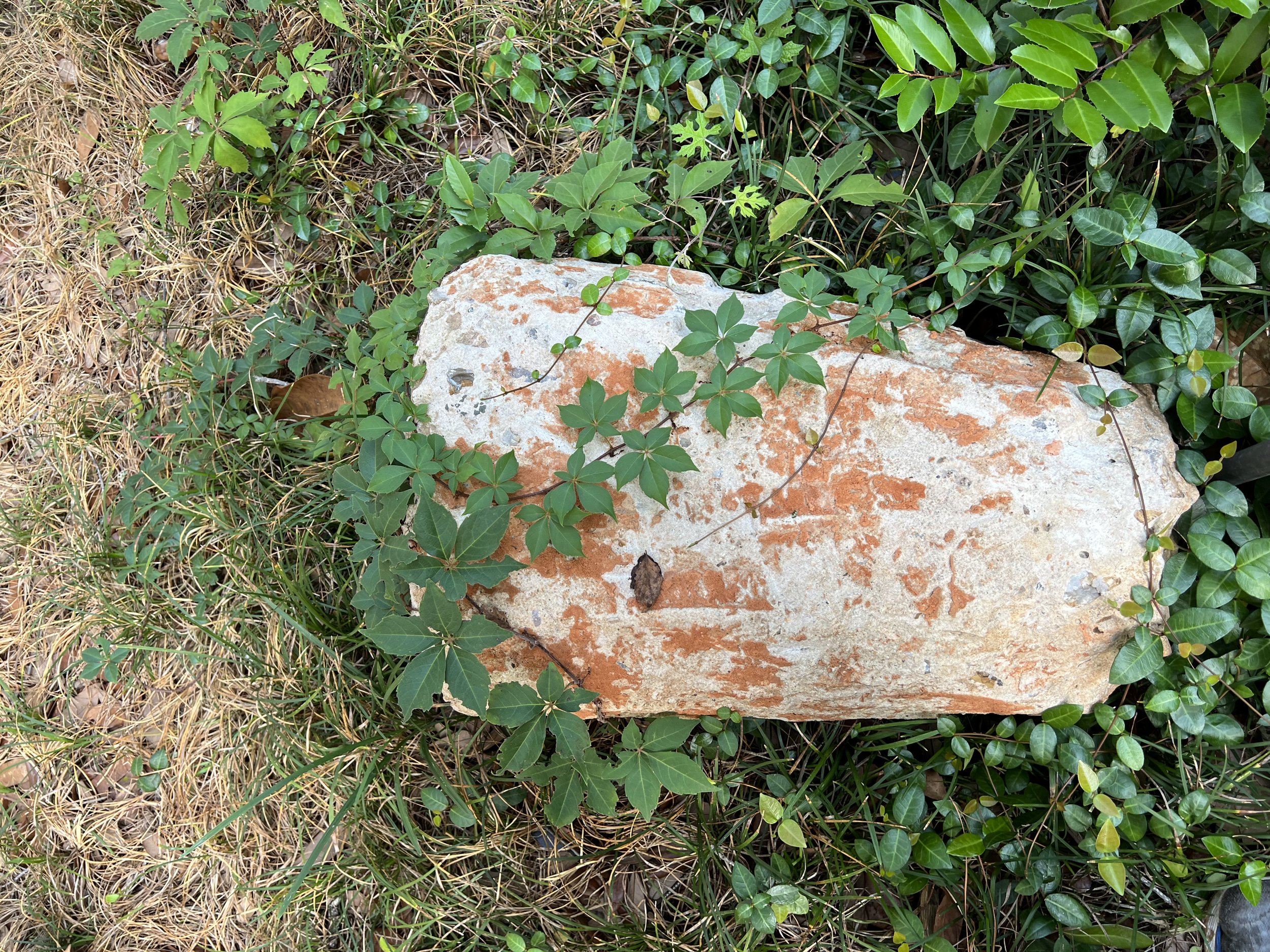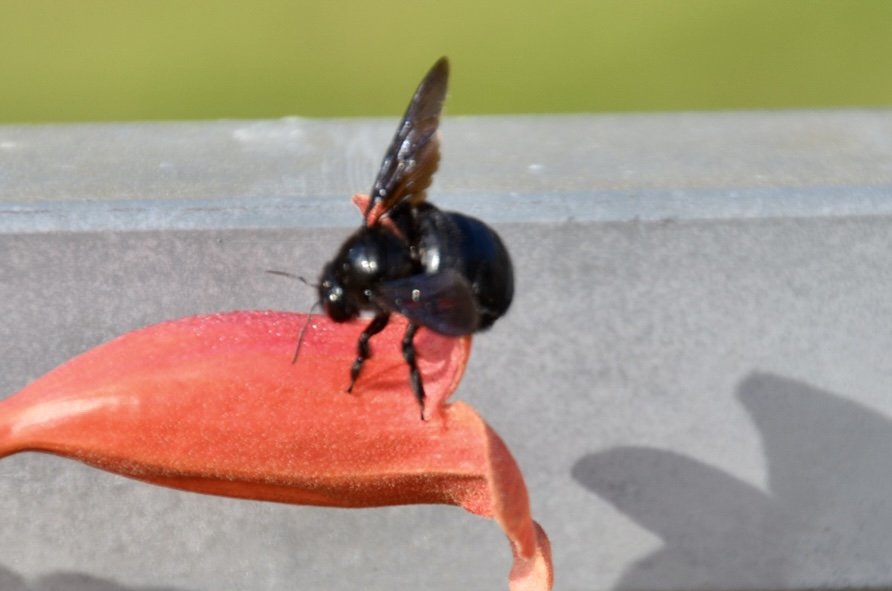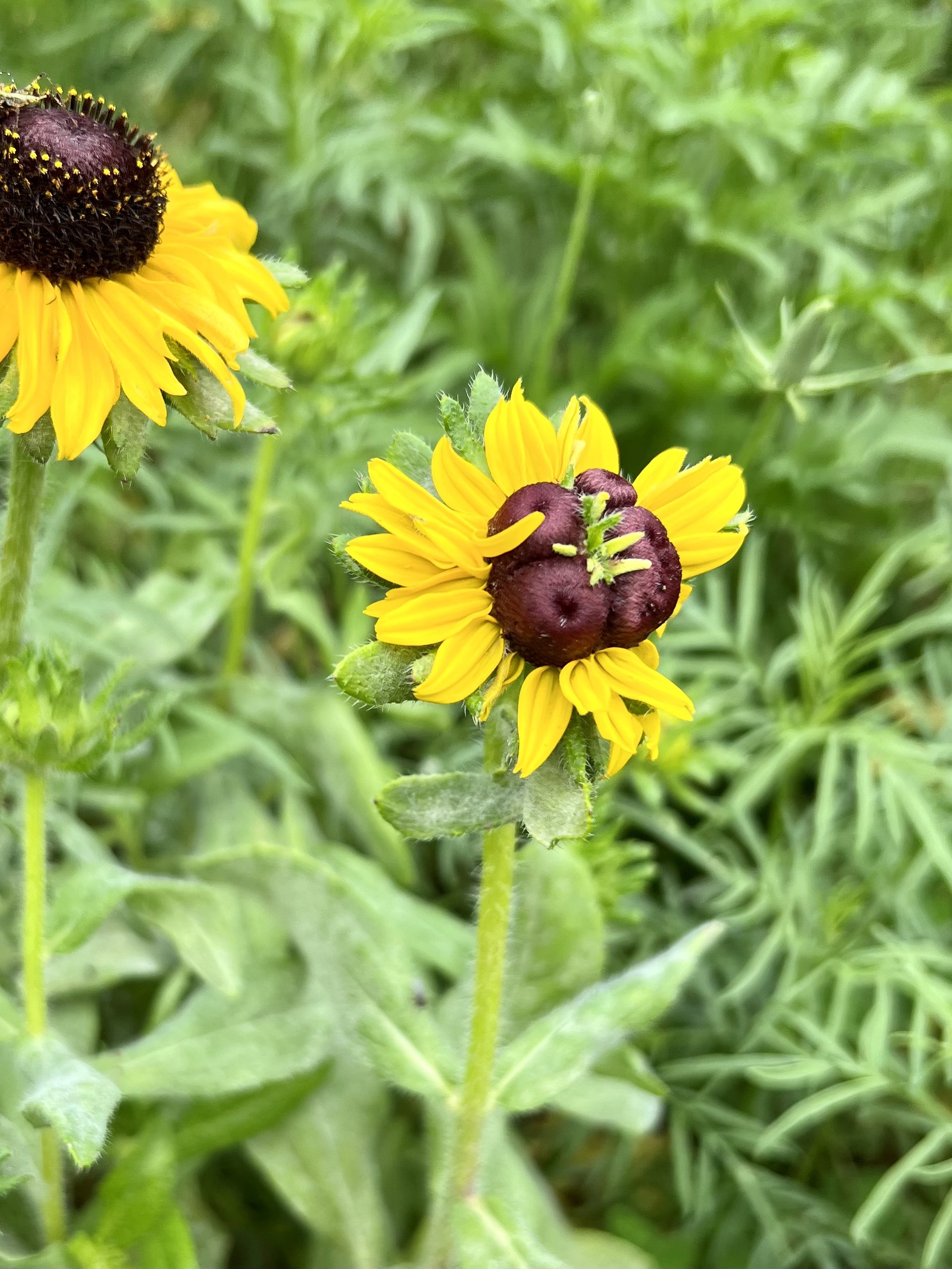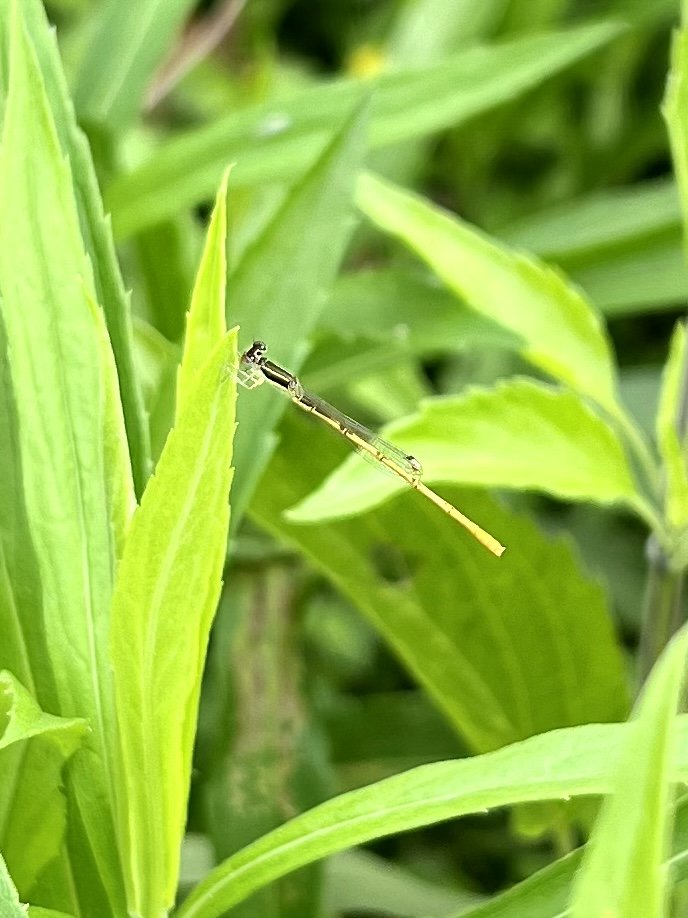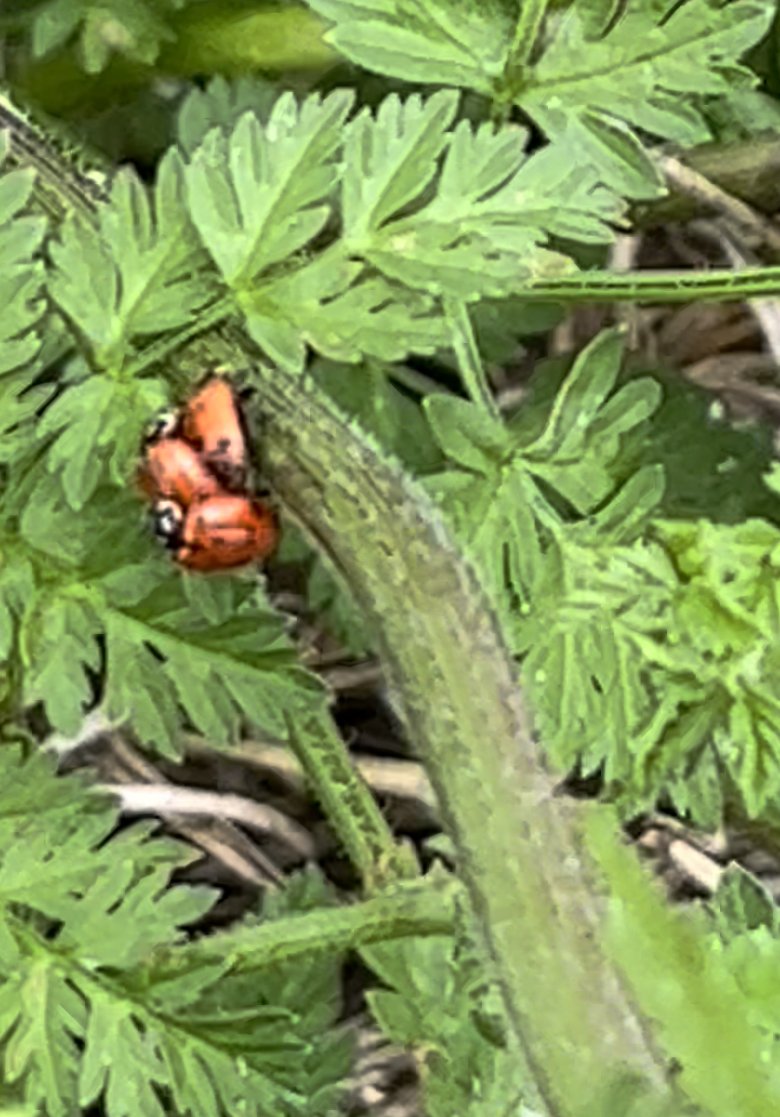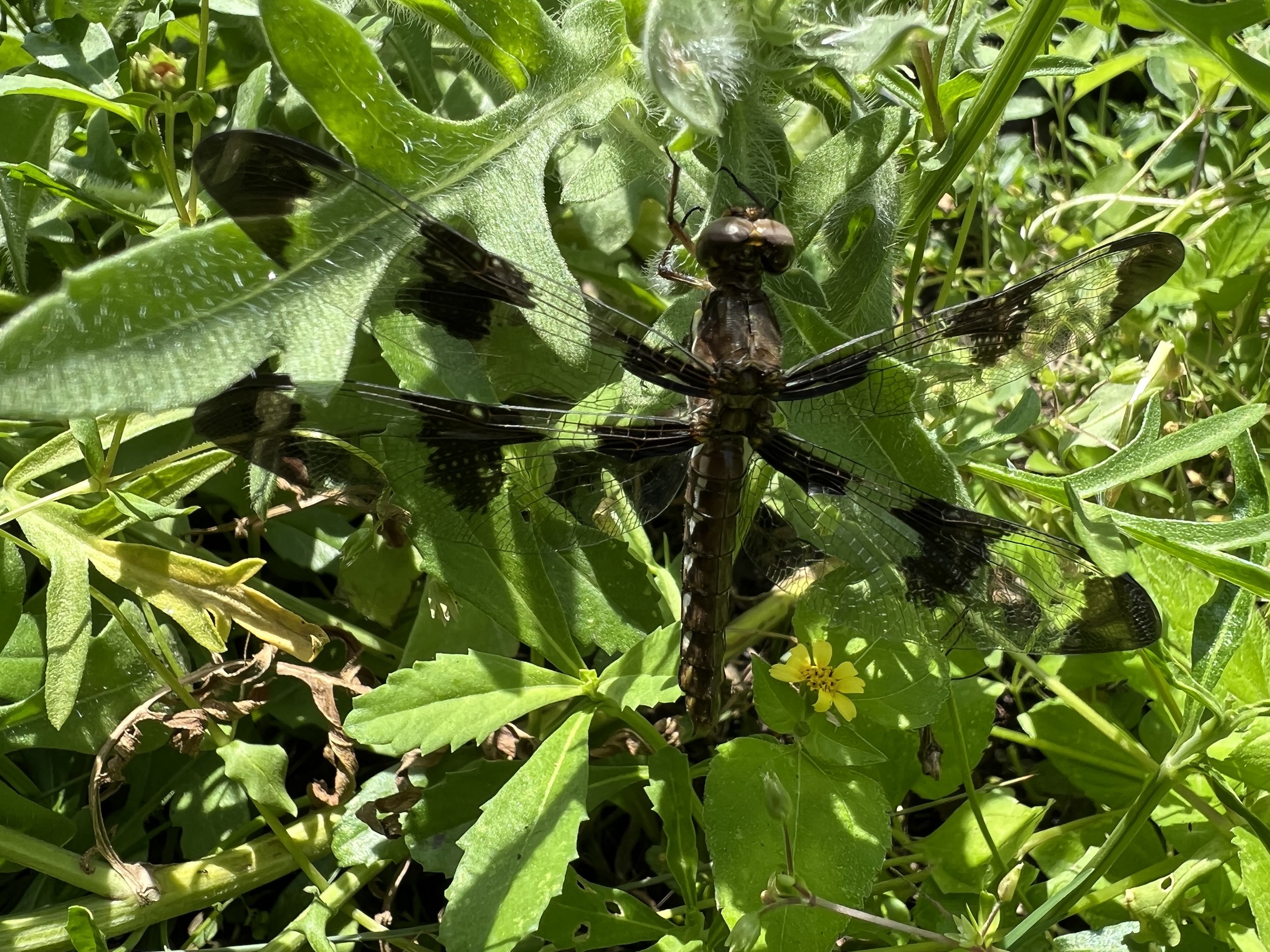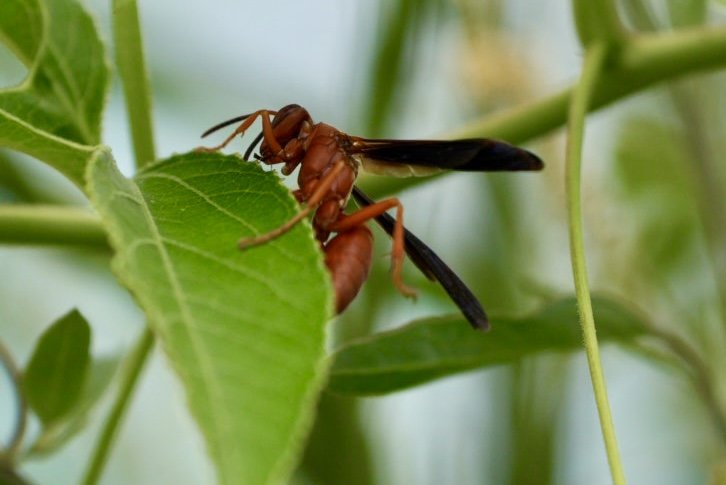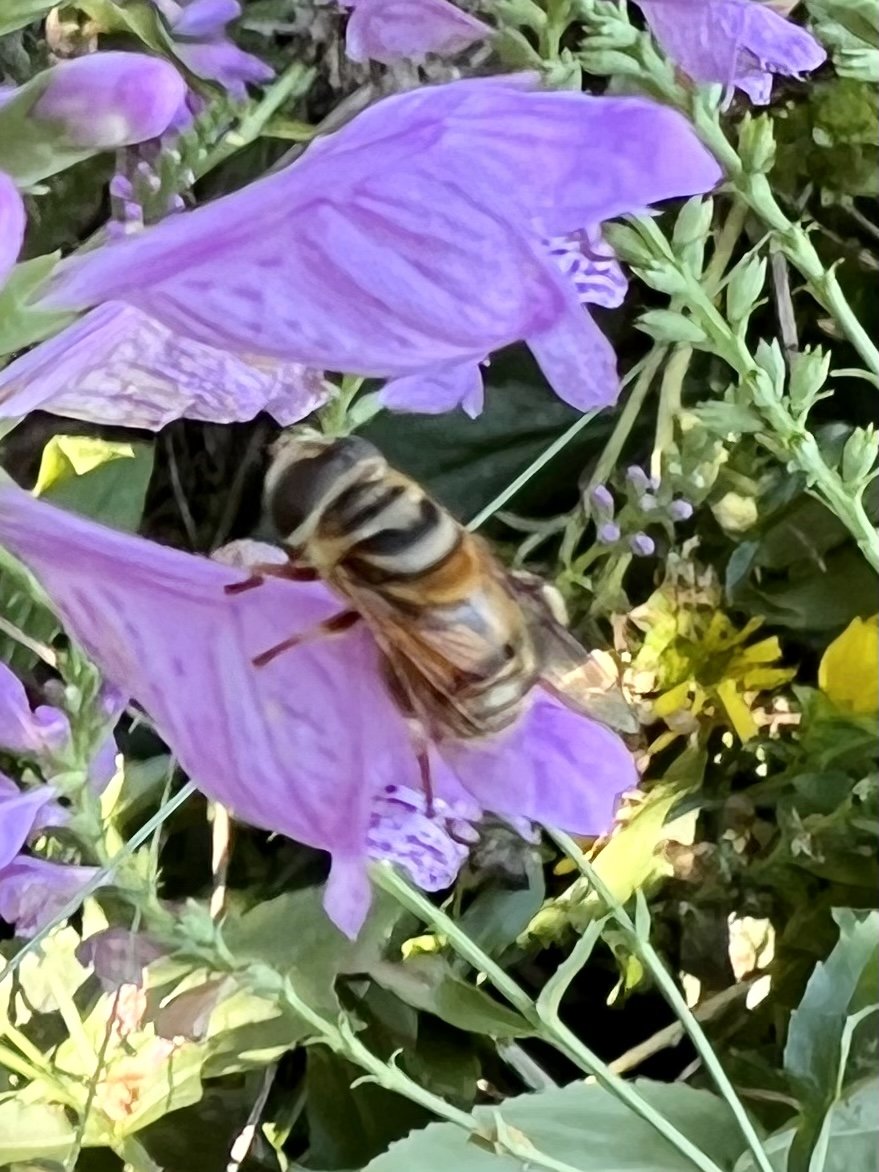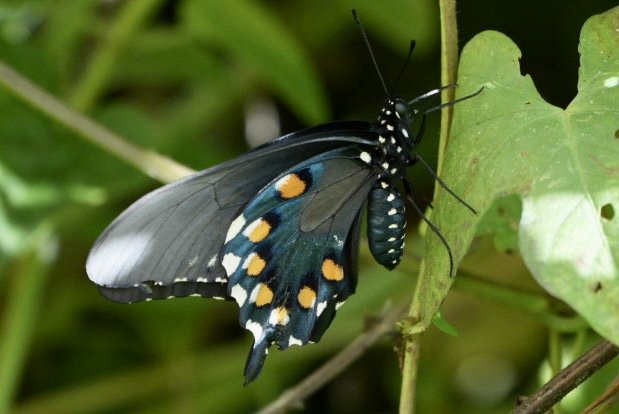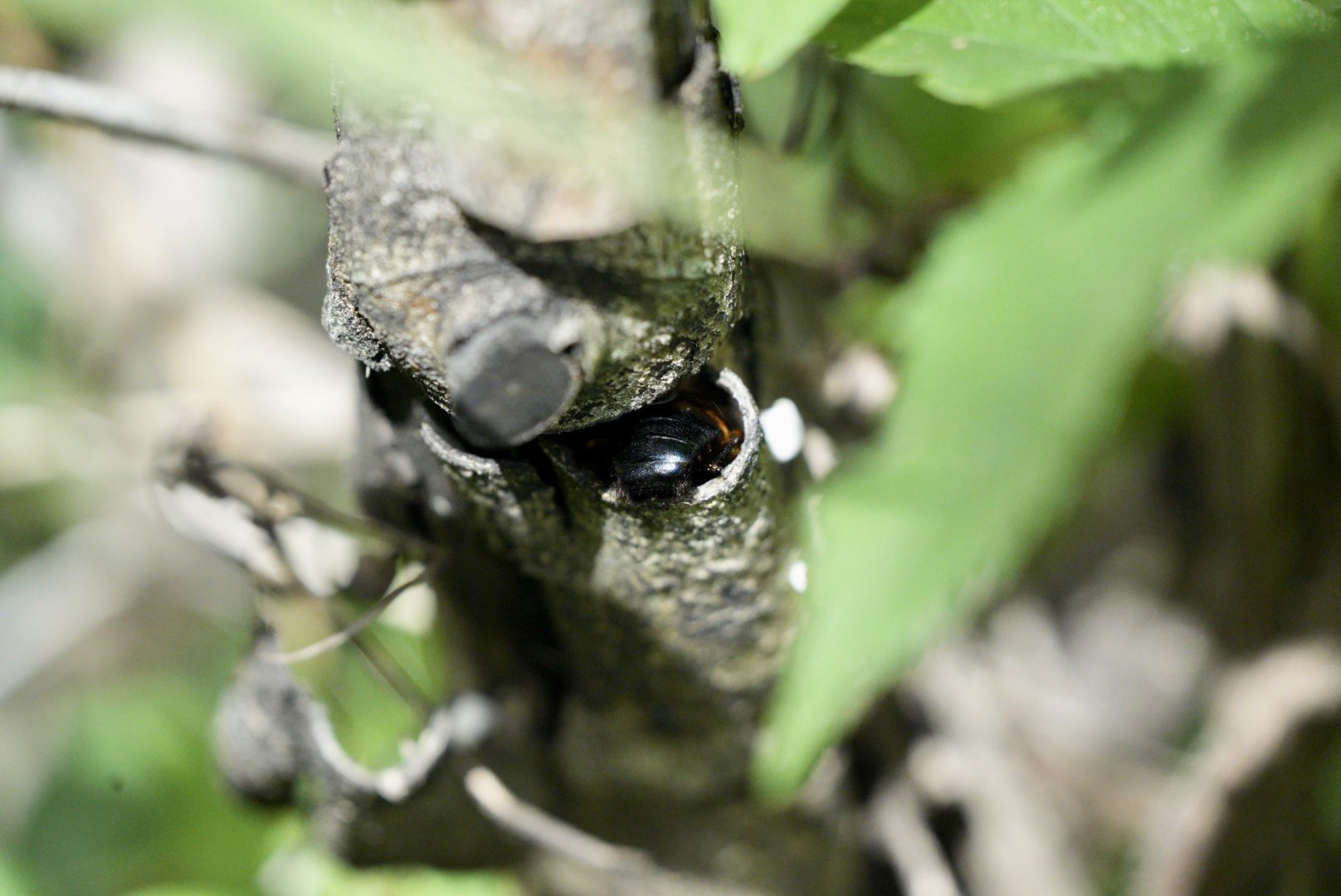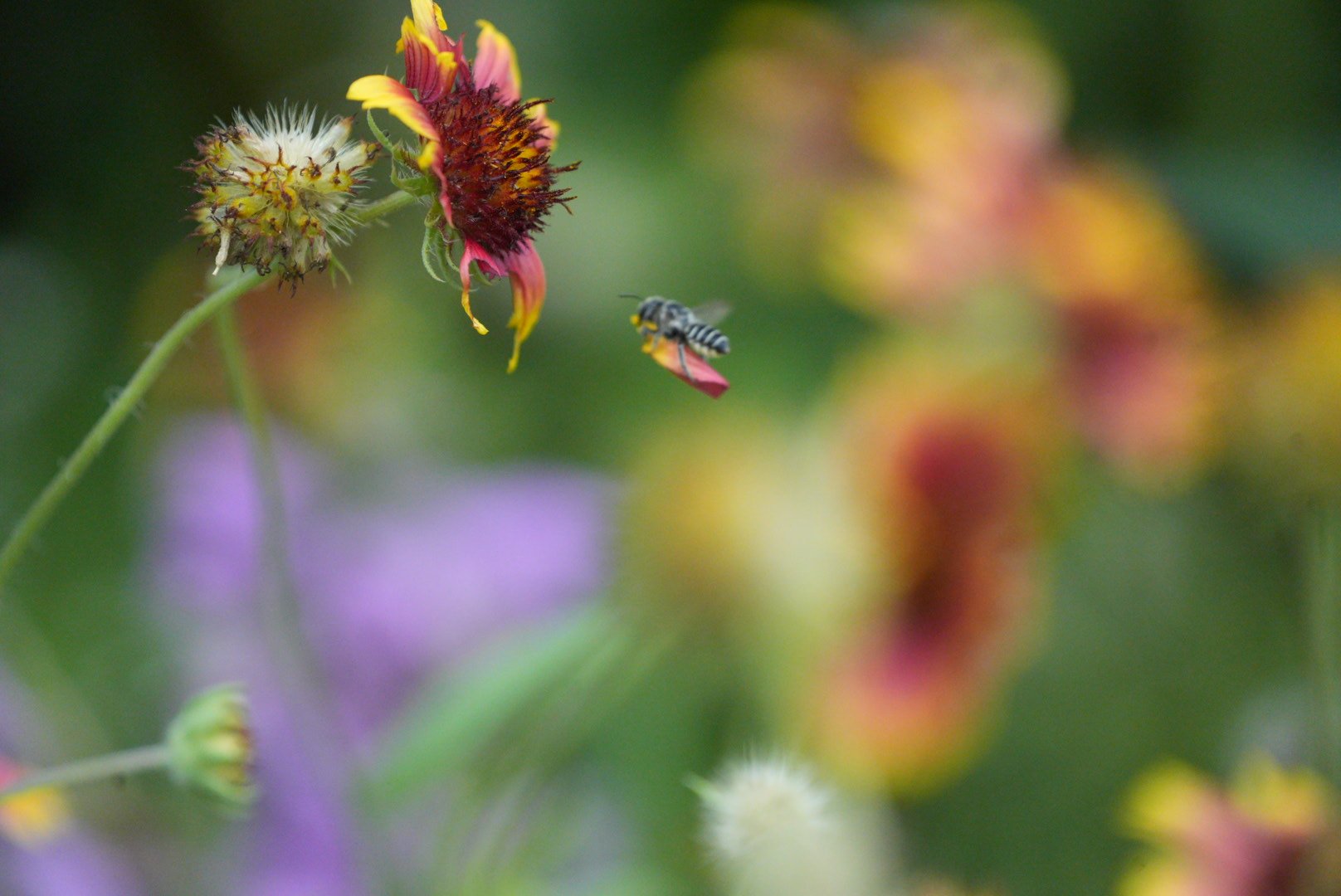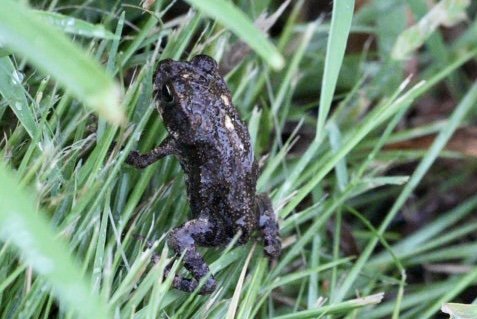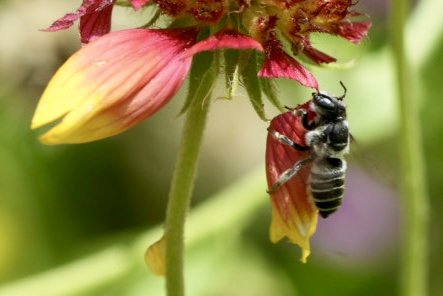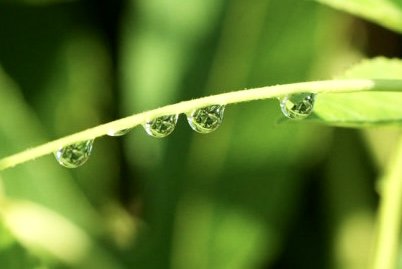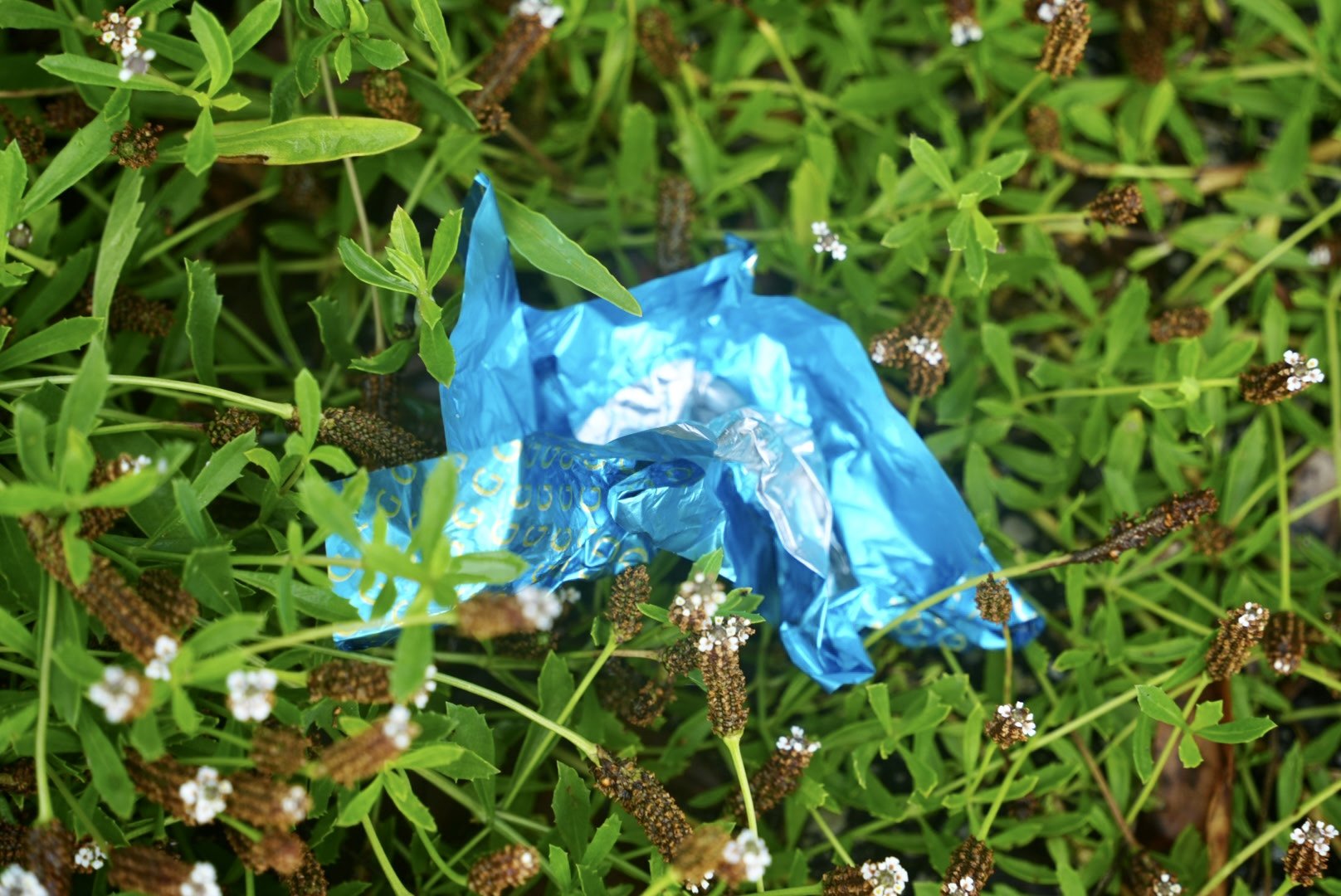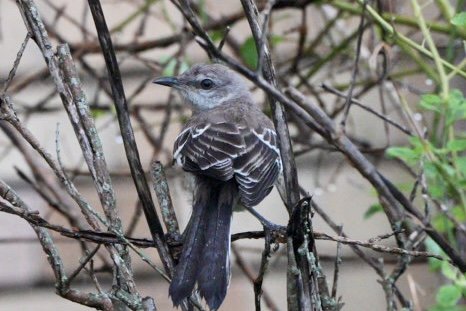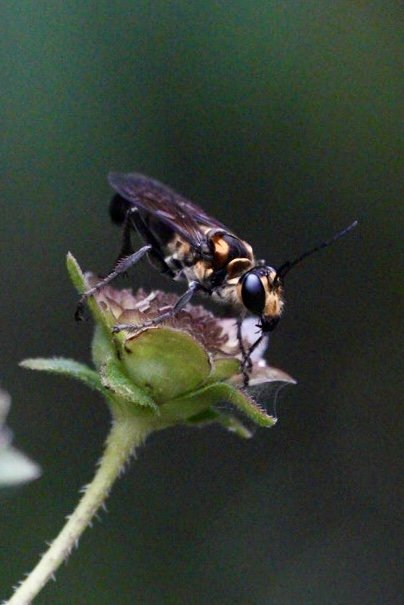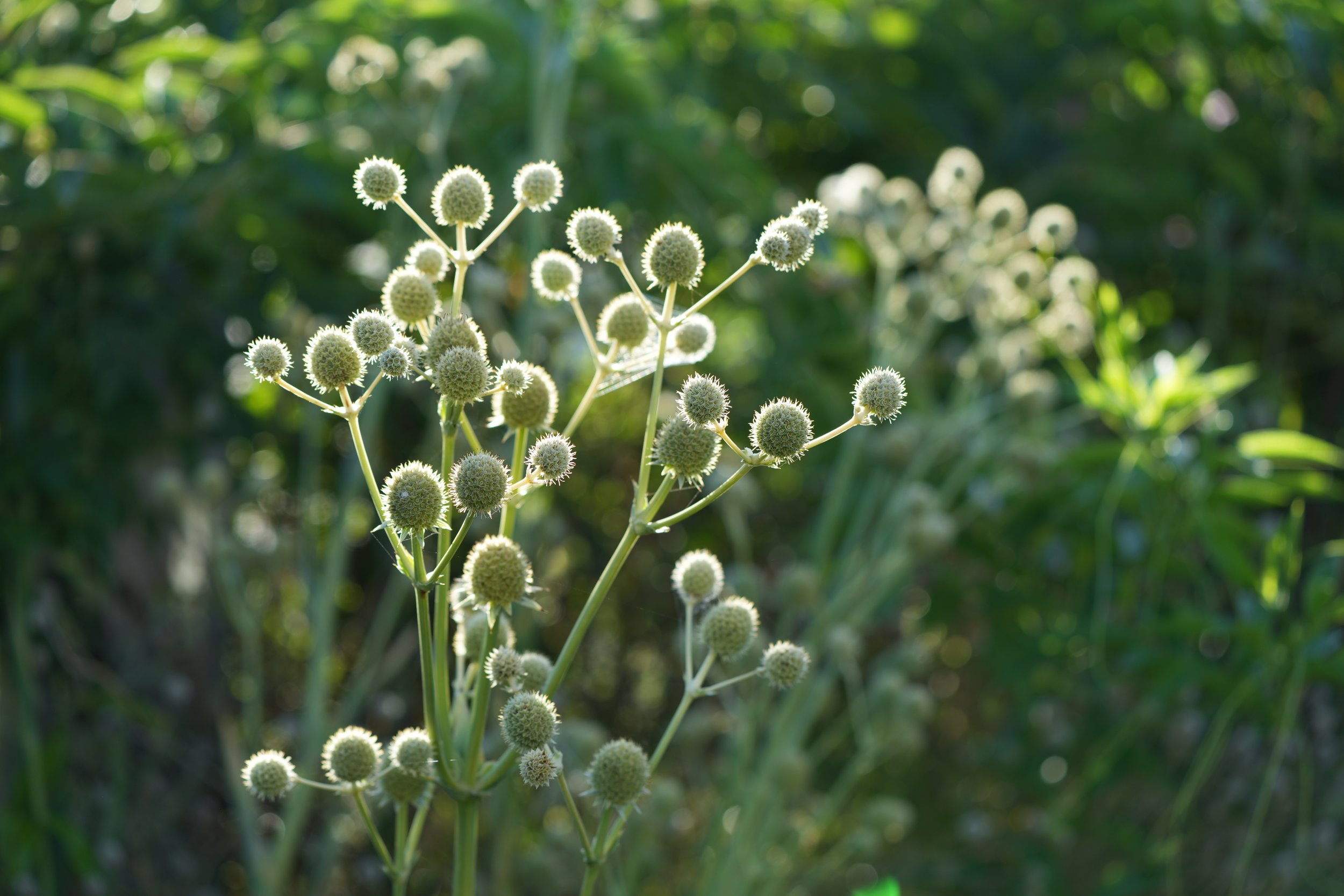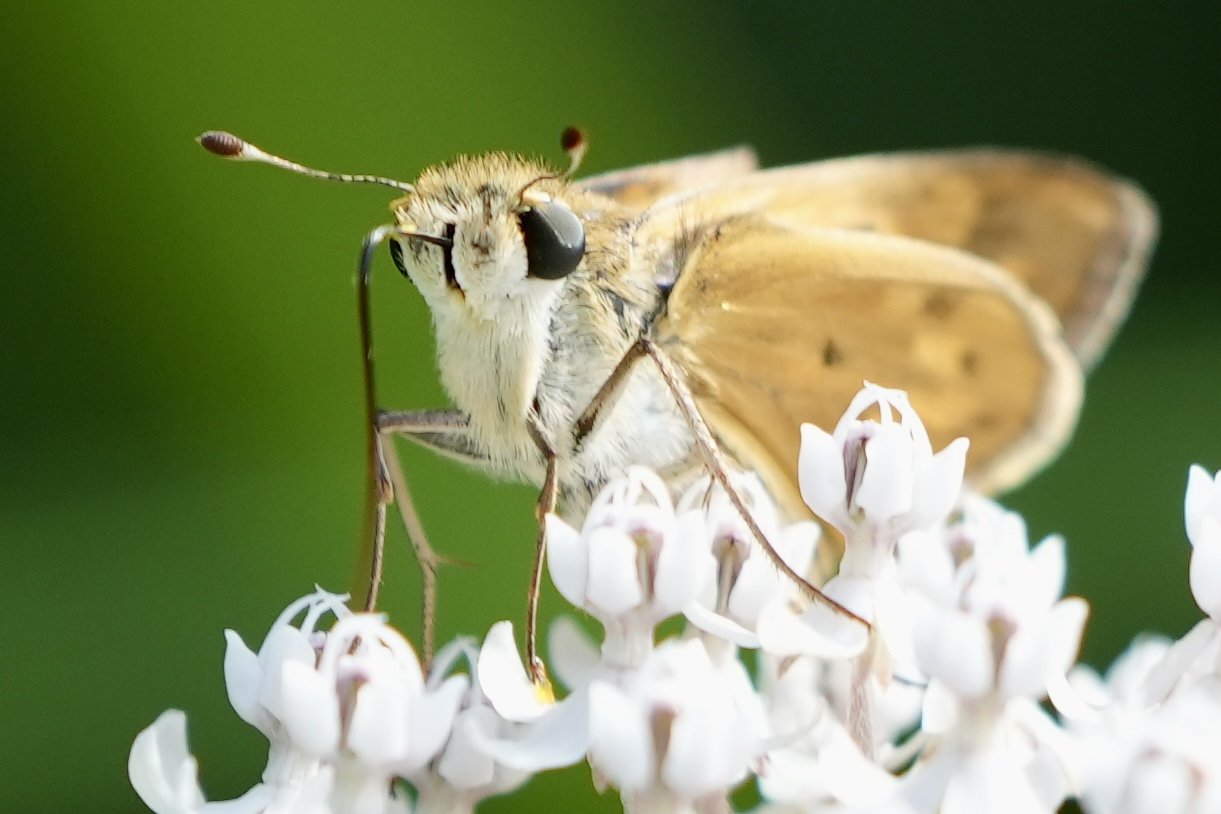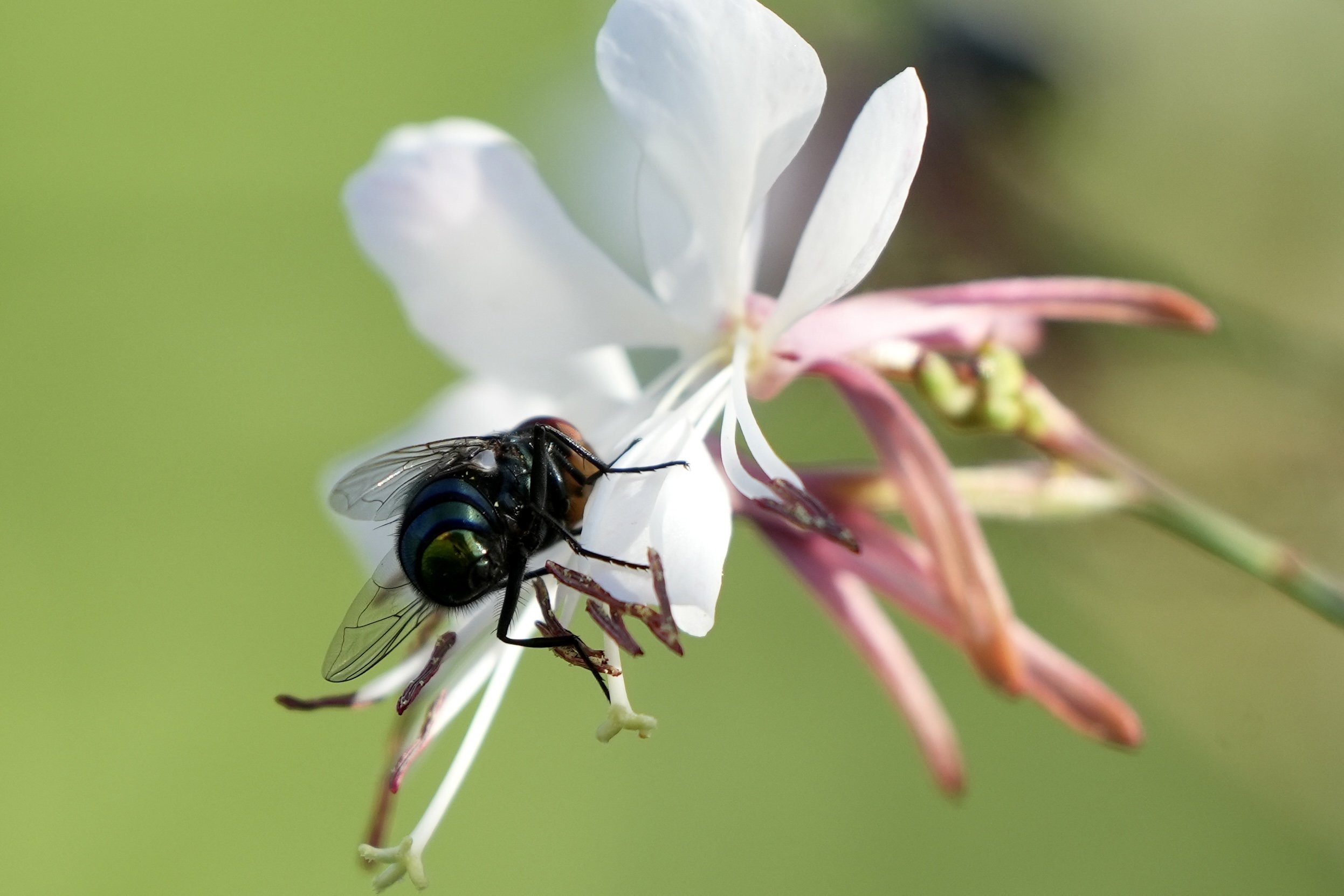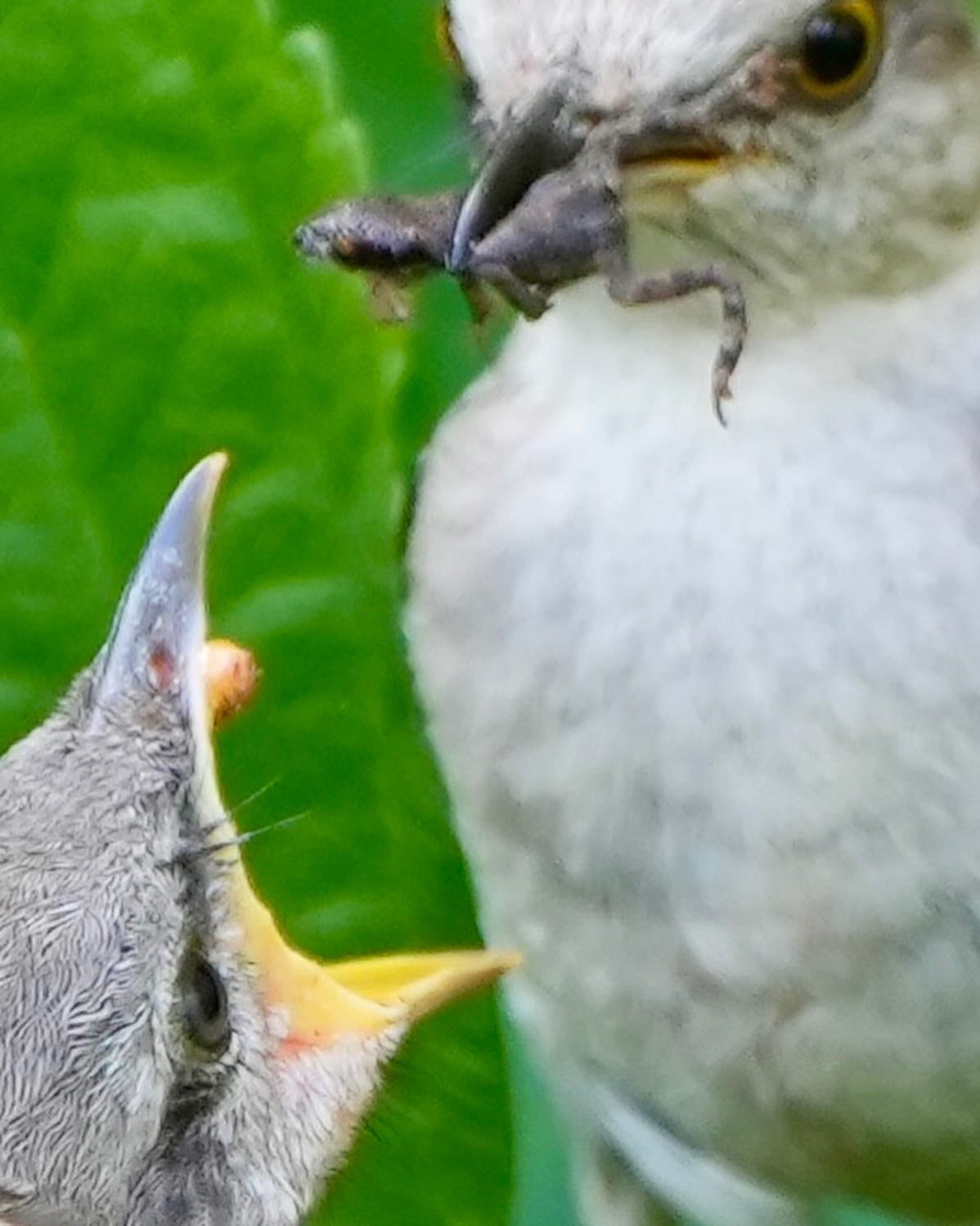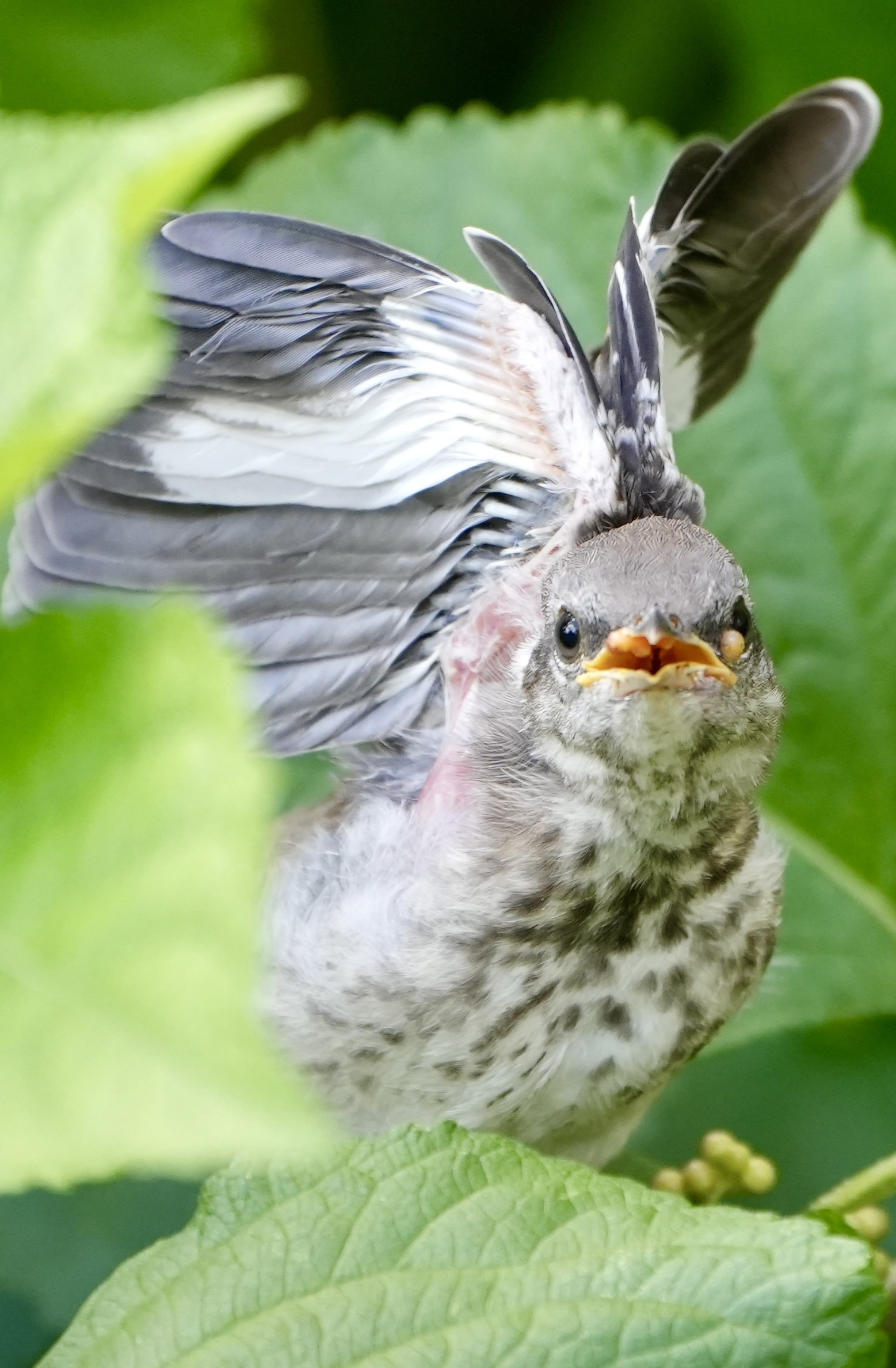The phrase “generational amnesia” has lingered restlessly in my mind for months, recently taking flight from unexpected hands.
This phenomenon, also known as shifting baseline syndrome, describes how each generation views the environment they inherit as the normal standard, even if it is significantly more degraded than that of previous generations.
The natural history stories of our times are primarily those reported on news shows. These programs often focus on crises and dramatic events, daily fire reports, flooding, and other extreme weather events, leading to a prevailing sense that our environmental challenges are insurmountable. Although these weather disasters were extremely rare during my youth, for today's children, they are the norm.
As an eco-artist, I focus on how knowledge, traditions, and values are transmitted from one generation to the next. In historical cultures, this was often done in beautiful and poetic ways. However, I believe contemporary culture has experienced a significant disconnect—a kind of amnesia regarding the workings of the natural world.
Art is the poetry that links the rhythm of the human heart to that of the hummingbirds.
Understanding natural history and effective social change is crucial for caring for the natural world and motivating others to participate in the movement.
Our storytelling is evolving compared to past civilizations. My husband, Curtis, and I took part in a hummingbird tagging event in Christoval, Texas, where we witnessed a compelling example of modern knowledge sharing. During these tagging events, biologists carefully capture tiny hummingbirds to collect vital information, including their sex, age, length, and weight.
After gathering this crucial data, a skilled volunteer carefully cradles each delicate bird in the palm of an observer's hand. The tiny creature briefly pauses, and you hold your breath, feeling an almost mechanical vibration, like a toy stuck in the "on" position — the rhythm of its heartbeat. Then, in an instant, it is back into the wild.
This moment—the exchange of a tiny life from seasoned hands to smooth palms—struck me as a living metaphor for what it means to nurture the passing of knowledge and care across generations. It is the story of regeneration.
The hummingbird’s pause is fleeting yet profound. It is a gesture of trust, vulnerability, and hope. It is a whisper from one generation to another, reminding us that our stewardship of the planet depends on this transfer: of respect, wisdom, and wonder.
In the 1980s in Houston, our garden was filled with hummingbirds, and their vibrant presence greatly influenced our outlook on life and our conversations often landed on their sightings. They were a part of our everyday life. I remember them when Curtis proposed, they were part of our love story. We miss them.
Our understanding of nature, our sense of responsibility, and the stories we inherit fade like a photograph left too long in the sun. This collective forgetting—the amnesia—puts not only cultural memory but also the very health of our environment at risk.
The hummingbird photos reminded me that breaking this cycle requires hands willing to reach out and moments prepared to receive. It demands nurturing curiosity, empathy, and attention in children and adults alike. It calls for the deliberate passing on of more than just facts, but also the emotions and experiences that bind us to the world beyond ourselves — beyond the 24-hour weather report.
Let us listen closely to that soft flutter of wings and rewild the wisdom of regeneration.
The truth about saving Hummingbirds
Hummingbird feeders are for human interaction. Hummingbirds do not need feeders or sugar water; they obtain their energy from native insects found on native plants.
Each baby hummingbird needs 9,000 insects over three weeks when they fledge. Typical nests have two eggs, and most birds lay twice a season. That means each mother for her babies needs 36000 insects. They also need soft organic materials to build their nests such as spider webs and dandelions. Please let leave them for the hummingbirds.
